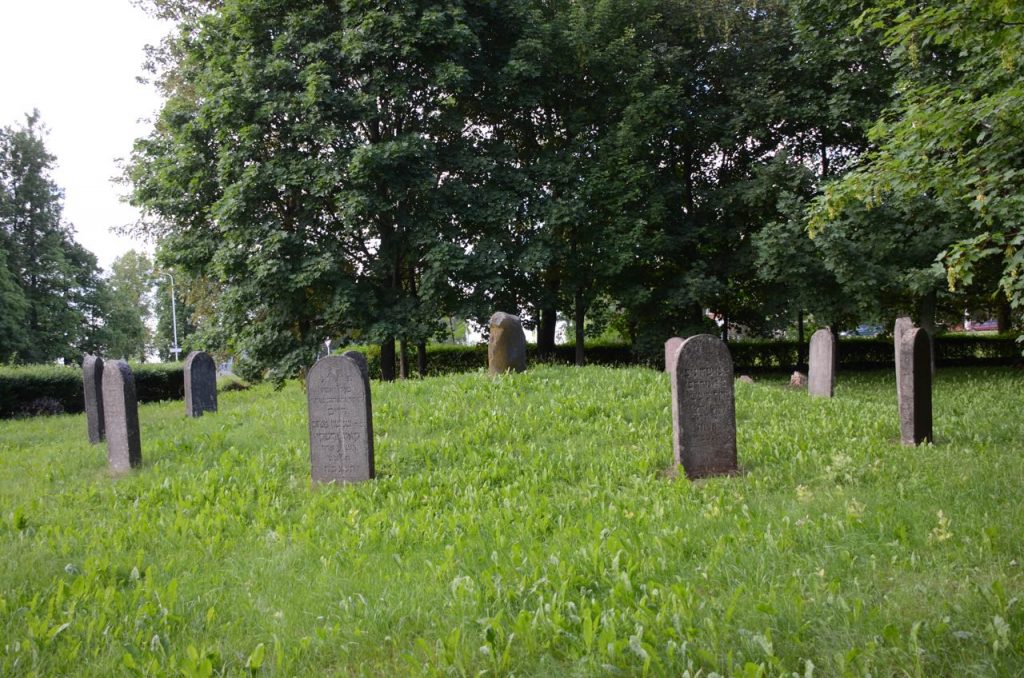
The Marijampole KehilaLink, Click on image

The cemetery
The former synagogue
Around the town

The Marijampole KehilaLink, Click on image

The cemetery
The former synagogue
Around the town

The town
Heiny Ellert’s Testimony
Sammy Marks
Click on image below
Other towns on the way to Marijampole
My KehilaLinks in Lithuania
Žiežmariai (Zhezmir)
On the road to Jurbarkas

Jaucakiai Holocaust Site
Another memorial
Jurbarkas Cemetery
The Holocaust memorial next to it
Jurbarkas Park & Buildings
I travelled with my friend, Laima Ardaviciene, the English teacher at Kedainiai High School, to Seta, Jonava, Vandizogala and back to Kedainiai

The Jewish Cemetery
The amphitheatre and holiday entertainment
A walk around Kedainiai

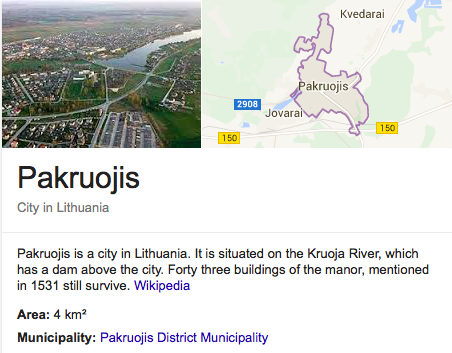
I visited Pakruojis to see the wooden synagogue in the city.
As you can see from the images, it is currently being restored. We previously saw that the wooden synagogue in Ziezmariai is also under restoration.

Other views of the town

My visit to my wife’s family town of Shavlan or Siaulenai was not so successful.
Her maternal grandfather’s family name was Saevitzon, in Israel, Shavei Zion.
I searched for the Jewish cemetery, asked at the Christian cemetery and was told by locals that there was a Jewish cemetery on the other side of town. I couldn’t find it and I ran out of time.
I later emailed Sandra Petrukonyte of Maceva, who kindly replied:
Dear Eli,
It is so pity that you could not find. I tried to search for exact location. The map is attached (for your future journey!).
It is seems that the way to the cemetery is not marked by any sign, the path is not paved and the cemetery itself is in a small distant forest. Not surprising that you got lost.
MACEVA does not have own photos, therefore I am adding links to another websites with general view of the cemetery:

So, I will a revisit next time.
Here are some images of the town:

I’m still on the long flight home to Perth. Great to have access to the Internet!

My friend, Owen Ogince, was born in Johannesburg, but lived in Theunissen in the Orange Free State in South Africa. He went to boarding school in a larger city, such as Bloemfontein, typical of the many first generation of South African born Jews who lived in the country areas. Their parents often spoke only Yiddish and Afrikaans, creating an interesting sub culture which in many ways reflected their previous lives in the shtetls of Lithuania. They were often referred to as boerejode. For more information on boerejode, see the end of this post.

I took the opportunity to visit the shtetl of Vabalninkis in Lithuania, where Owen’s family came from.


The Jewish Cemetery and the memorial to the Resistance.
The Former Synagogue
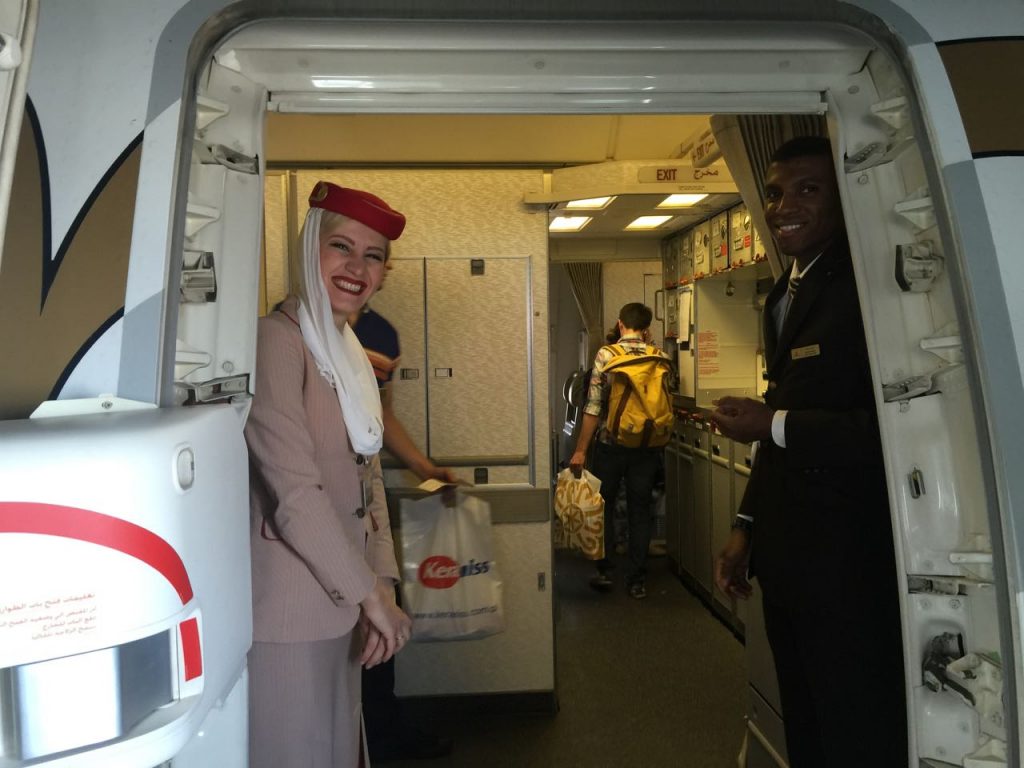
Before I get onto this post, to those technologically challenged, here is another one to get your head around:
this post has been written and uploaded aboard an Emirates flight from Warsaw to Dubai en route to my home city of Perth.
I am not daunted by the tyranny of distance and having to spend almost a day in the air getting home. So this is another meaning of “staying connected”
Now onto the post!
Linkuva
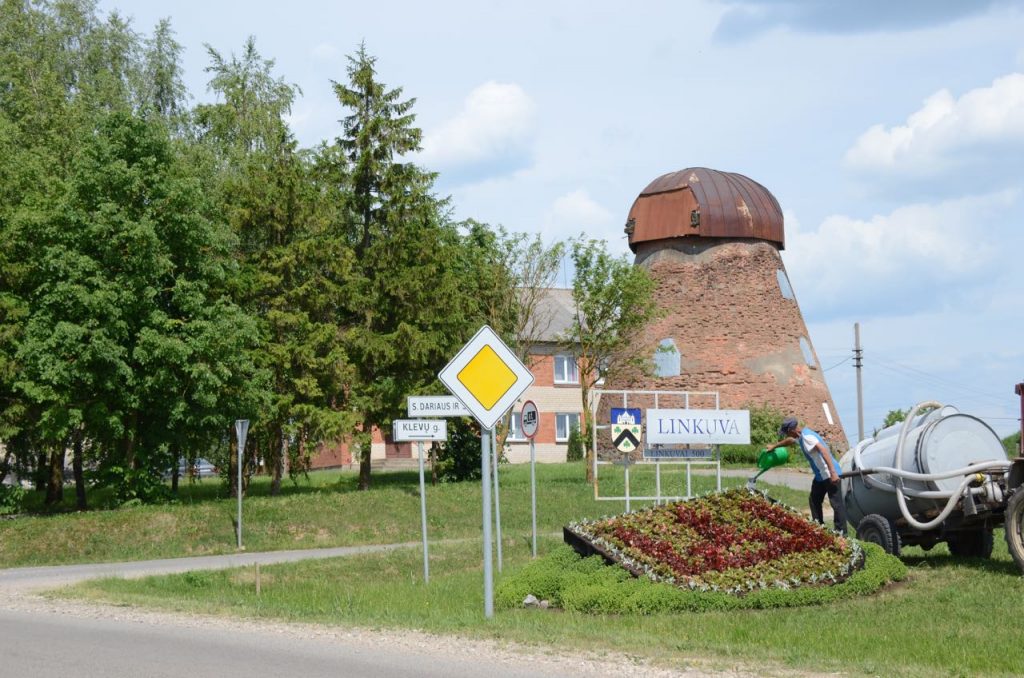
On my way to Vabalninkas from Joniskis, I stopped off in Linkuva, Joniskelis and Pasvalys

Linkuva town
A Holocaust memorial a few km out of town
Joniskelis

Pasvalys
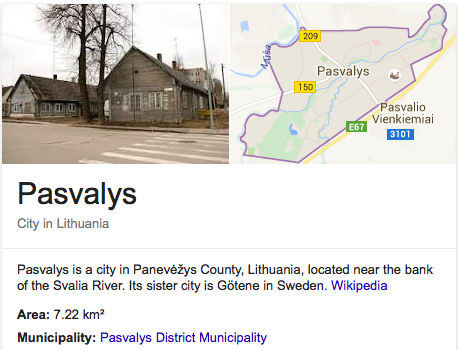
The Jewish Cemetery
Poswohl and Johannesburg
Update:
The Ten Commandments have just been added – thanks to Cliff Marks for providing the update and 2 photos.
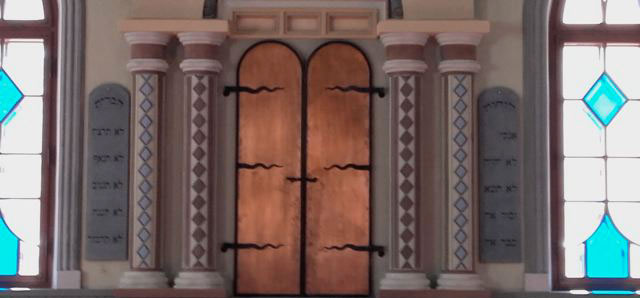
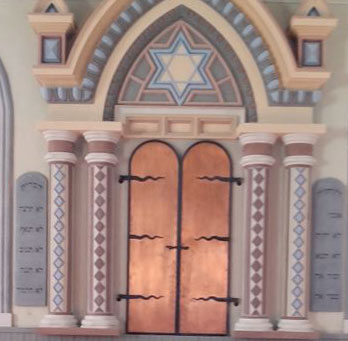
My original photo


The complex of the two synagogues
I was let into the buildings by a caretaker and revisited an hour later when I was fortunate to meet Linas Vinickas from the local museum. Linas gave me a tour of Jewish Joniskis.
The Raudonoji Synagogue
A short video of Linas Vinickas
The Baltoji Synagogue
Students’ tour of the synagogues
The third synagogue building
The Mural which includes the actor Laurence Harvey
| Joniškis | |||
|---|---|---|---|
| City | |||
 |
|||
|
|||
| Coordinates: 56°14′0″N 23°36′0″ECoordinates: 56°14′0″N 23°36′0″E | |||
| Country | |||
| Ethnographic region | Aukštaitija | ||
| County | Šiauliai County | ||
| Municipality | Joniškis district municipality | ||
| Eldership | Joniškis eldership | ||
| Capital of | Joniškis district municipality Joniškis eldership |
||
| First mentioned | 1526 | ||
| Granted city rights | 1616 | ||
| Government | |||
| • Mayor | Gediminas Čepulis | ||
| Population (2011) | |||
| • Total | 9,900 | ||
| Time zone | EET (UTC+2) | ||
| • Summer (DST) | EEST (UTC+3) | ||
| Website | http://www.joniskis.lt/ | ||
Joniškis (![]() pronunciation (help·info)) is a city in northern Lithuania with a population of about 11,150. It is located 40 kilometers north of Šiauliai and 14 kilometers south of the Lithuania–Latvia border. Joniškis is the municipal and administrative center of Joniškis district municipality.
pronunciation (help·info)) is a city in northern Lithuania with a population of about 11,150. It is located 40 kilometers north of Šiauliai and 14 kilometers south of the Lithuania–Latvia border. Joniškis is the municipal and administrative center of Joniškis district municipality.
With the Church of the Accession of the Holy Virgin Mary (founded in 1901) and a complex of two Jewish synagogues – Red (built in 1897) and White (built in 1823) at its centre, the town has the status of an urban architectural heritage site.[citation needed]
Joniškis has a Culture Centre, a local venue for music and theatre events.
A railway line connecting Riga and Šiauliai runs along the western boundary of the city. West of the railway, the city’s allotment gardens and the Lutheran and Victims of World War II cemeteries are located. Joniškis hosts the Jonas Avyžius Public Library of Joniškis District Municipality
Joniškis is the Lithuanian name of the city. Versions of the name in other languages include Polish: Janiszki, Russian: Янишки Yanishki, Belarusian: Яні́шкі Yanishki, Yiddish: יאנישאק Yanishok, German: Jonischken, Latvian: Jonišķi
Joniškis was established in the beginning of the 16th century. It was mentioned in written sources on 23 February 1536 when Bishops of Vilnius and Samogitia visited the area and found that people still practiced the old pagan faith. People were worshiping the God of Thunder (Perkūnas), fire, snakes and other pagan deities. The bishop of Vilnius, John of the Lithuanian Dukes baptized the locals and established the new parish on 23 February 1536. A wooden church was built and the town of Joniškis was built around it. Bishop of Vilnius named the town Joniškis after his own name Jonas. Joniškis was on the crossroad of important trade roads.[1]
In late 1941, 148 Jewish men were shot near Joniškis in the nearby forest. The remaining Jews (men, women and children) were murdered in the forest in September 1941. 493 people were murdered in total by an Einsatzgruppen of Joniškis policemen and Lituanian nationalists supervised by the Germans.[2]
I had visited Zagare a couple years ago, but it was late at night, the main street was being dug up, so I didn’t see much.
This time, I was given an excellent tour thanks to Cliff Marks of Seattle introducing me to Sarah Mitrike.
Sarah was out of town but made sure I got to meet Alma Kancelskiene, the Geography teacher and Toma Kiminiene, the English teacher at the Zagare High School.
Alma does projects with her students documenting Jewish graves together with Valdas Balciunas. Valdas was instrumental in getting the memorial plaque installed and organizing the Jewish Heritage Days last autumn. Valdas was also out of town.
The two teachers were very hospitable and showed me around town. Here are some images:
At the school with Alma and Toma
Around the town
The Town Square
My B&B hosts – Daiva and her mother Renovate Korsakiene and the yummy food.
From Wikipedia
| Žagarė | ||
|---|---|---|
| City | ||
 |
||
|
||
Foreign renderings of the name include: Latvian: Žagare, Polish: Żagory, Yiddish: Zhagar זשאַגאַר.[1]
Žagarė’s name is probably derived from the Lithuanian word žagaras, meaning “twig.” This is likely because of the forests that originally surrounded the early village.
The foundation of Žagarė dates back to the 12th century. It was an important centre of Semigallian warriors, who fought against the Livonian Brothers of the Sword and the Livonian Order. It long had a Jewish population who contributed to its culture.
Yisroel Salanter (1810-1883), the father of the 19th-century Mussar movement in Orthodox Judaism, was born there.Isaak Kikoin (1908–1984), a renowned Soviet physicist, was also born there. During World War II and the German occupation, the Germans set up a Jewish ghetto in Žagarė, to hold Jews from Šiauliai Ghetto. In a massacre of theEinsatzgruppe A at the Jom Kippur the 2nd. October 1941 all Jews where cruely killed by the lithuanian population at the marketplace and buried in Naryshkin Park. The blood was flowing to the Svete River and the Fire brigade had to wash it away. [2]
Today Žagarė is the administrative centre of the Žagarė Regional Park, known for its valuable urban and natural heritage.